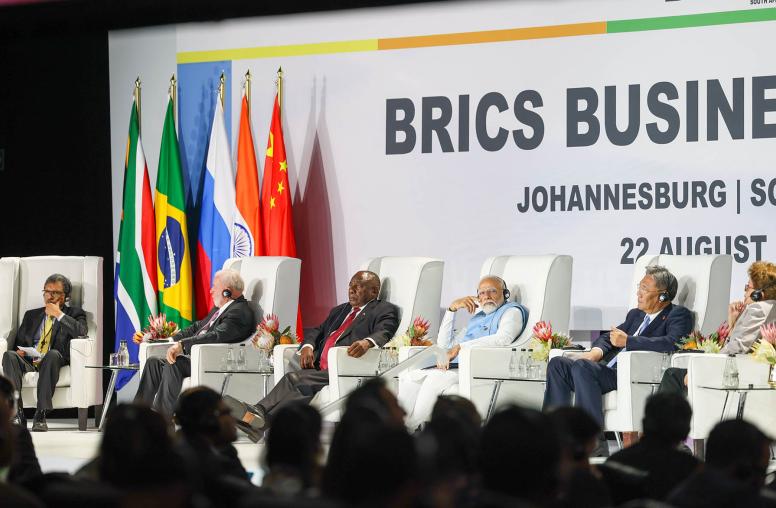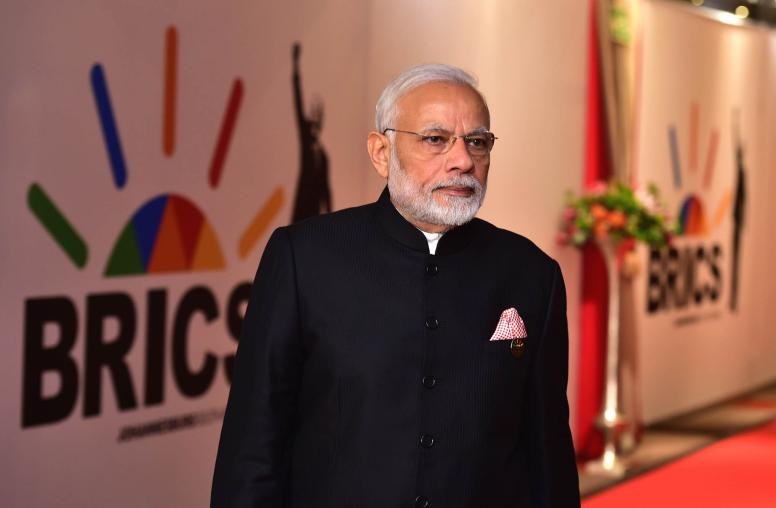After India’s Vote: Prospects for Improved Ties with Pakistan
In March, India and Pakistan moved to the brink of war. In response to a terrorist attack claimed by a Pakistan-based militant group, India conducted an airstrike into Pakistani territory for the first time since 1971. The next day, Pakistan downed an Indian MiG 21 jet and captured its pilot. By returning the pilot two days later, India and Pakistan avoided further immediate escalation. However, tensions remain high.
Now India’s just-completed parliamentary elections pose new questions: How will the next government in New Delhi engage Pakistan, and how might Islamabad respond? To share assessments of the likely trajectory of India-Pakistan relations following India’s election and the necessary steps to improve ties, USIP hosted a panel on Thursday, June 6 from 10:00am-11:30am. Panelists included two USIP senior fellows leading the Institute’s research on the best current options for reducing and resolving the 70-year-old India-Pakistan conflict. Take part in the conversation on Twitter with #IndoPakUSIP.
Participants
Ambassador Jalil Jilani
Jennings Randolph Senior Fellow, U.S. Institute of Peace
Former Pakistani Ambassador to the United States
Tara Kartha
Jennings Randolph Senior Fellow, U.S. Institute of Peace
Former Director of Indian National Security Council Secretariat
Josh White
Associate Professor, Johns Hopkins University
Johnny Walsh, moderator
Senior Program Officer, Afghanistan, U.S. Institute of Peace



